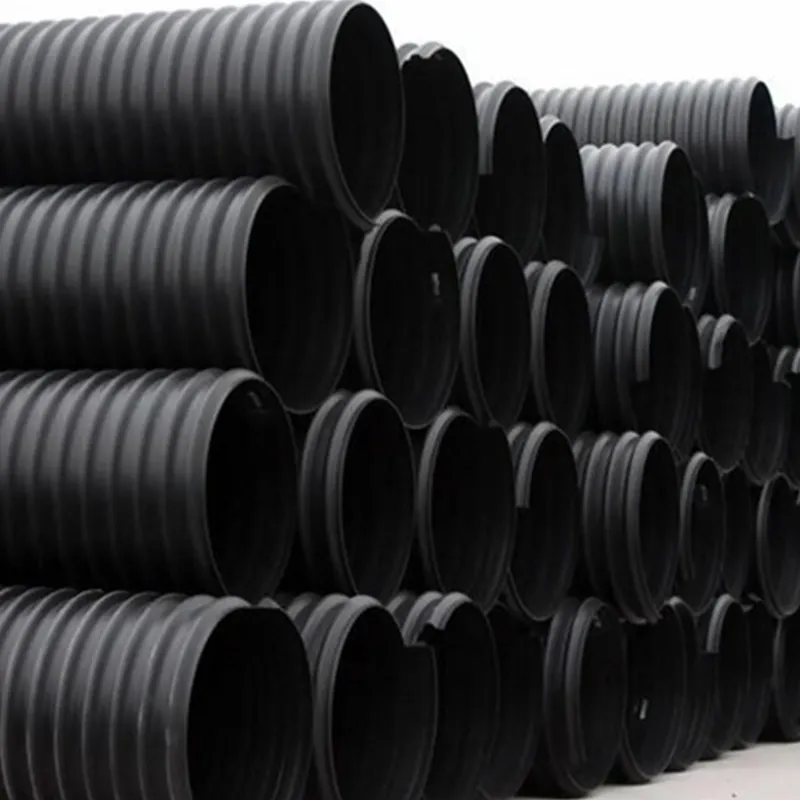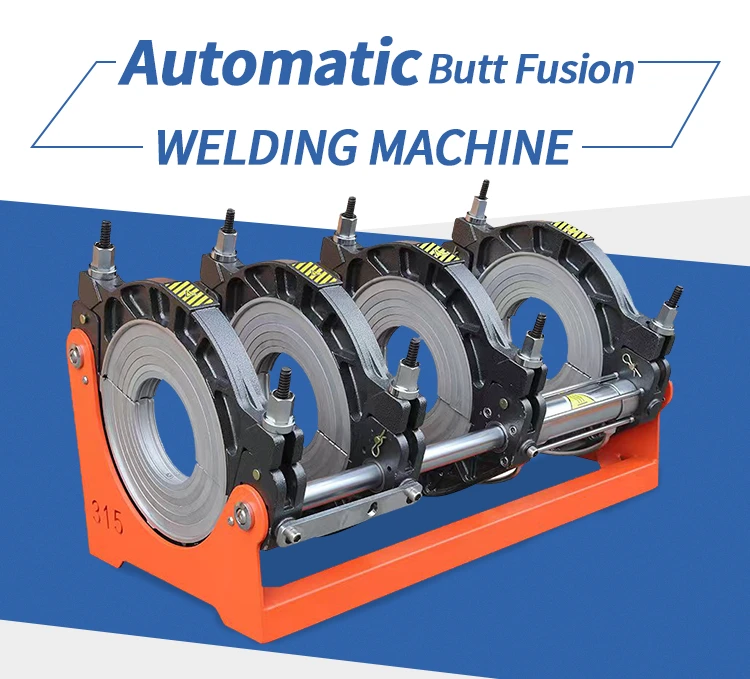The advantage of HDPE external ribs pipe
One of the key features of HDPE pipes with external ribs is their ability to resist external loads, such as soil pressure and the weight of traffic. The external ribs on these pipes provide additional structural support, making them suitable for use in areas where the pipes may be subjected to significant external loads.
HDPE pipes with external ribs are also resistant to chemicals and UV radiation, making them suitable for use in a variety of environments. They have a long lifespan, with an estimated service life of up to 100 years in some cases.
One of the main advantages of using HDPE pipes with external ribs is their flexibility. These pipes can be bent and shaped to fit a variety of applications, making them suitable for use in challenging environments or in areas with complex piping systems.
HDPE pipes with external ribs are also lightweight and easy to handle, making them easy to install and maintain. They are also able to withstand high temperatures, making them suitable for use in hot climates.
In conclusion, HDPE pipes with external ribs are a durable and flexible option for a variety of piping applications. Their ability to resist external loads, chemicals, UV radiation, and high temperatures make them a reliable choice for both residential and commercial projects. So, these pipes are widely used in various industries and have proved their efficiency and reliability over the years.

SDR rating for HDPE pipe
HDPE pipes with external ribs are available in a range of SDR ratings, depending on the specific application and desired pressure rating. Some common SDR ratings for HDPE pipes with external ribs include:
SDR 11: This rating is suitable for medium-pressure applications, such as water supply and natural gas distribution.
SDR 13.5: This rating is suitable for low-pressure applications, such as sewage and drainage systems.
SDR 17: This rating is suitable for very low-pressure applications, such as irrigation and agricultural piping.
It's important to note that the SDR rating of an HDPE pipe is just one factor to consider when selecting a pipe for a specific application. Other factors, such as the pipe's diameter, wall thickness, and external ribbing, will also affect its pressure-bearing capacity and overall performance.

Is HDPE pipes with external ribs SDR rating larger than normal HDPE pipe
In general, HDPE pipes with external ribs will have a lower SDR rating than normal HDPE pipes without external ribs. This is because the external ribs on the pipe provide additional structural support and increase the pipe's resistance to external loads, such as soil pressure and the weight of traffic. As a result, HDPE pipes with external ribs are able to withstand higher pressures and can have a lower SDR rating.
For example, a normal HDPE pipe with an SDR 11 rating may have a wall thickness of about 1/4 inch, while an HDPE pipe with external ribs and an SDR 11 rating may have a wall thickness of about 3/8 inch. The thicker wall of the pipe with external ribs allows it to withstand higher pressures and still have the same SDR rating as the normal HDPE pipe.
It's important to note that the SDR rating of an HDPE pipe is just one factor to consider when selecting a pipe for a specific application. Other factors, such as the pipe's diameter, wall thickness, and external ribbing, will also affect its pressure-bearing capacity and overall performance.

460.webp)
869.webp)
710.webp)
155.webp)





659.webp)
210.webp)


